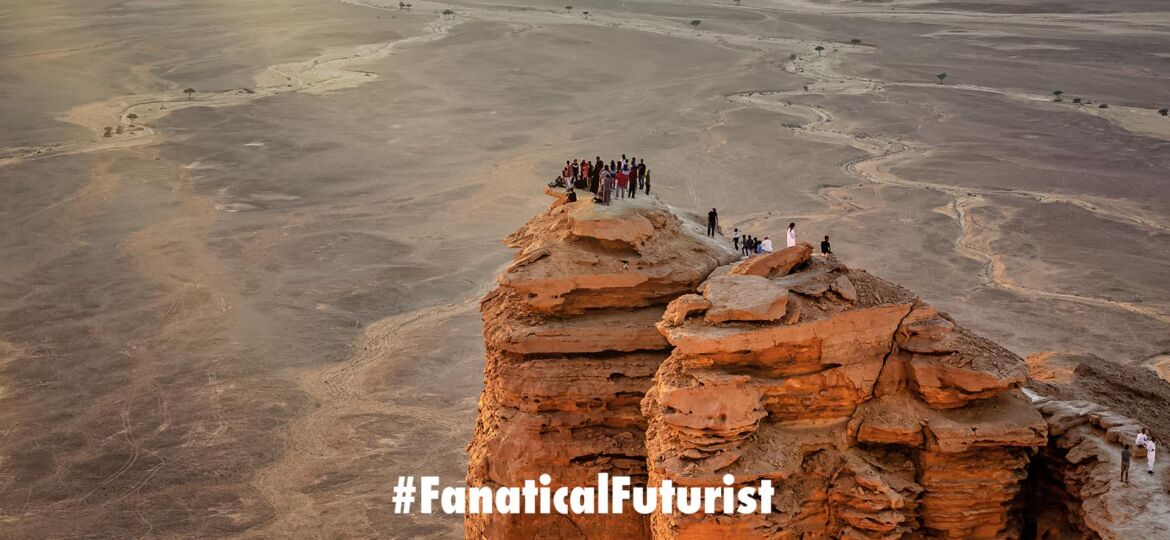
WHY THIS MATTERS IN BRIEF
Elsewhere countries are building floating cities to keep their citizens from drowning, KSA’s vision is more about being grandoise.
 Love the Exponential Future? Join our XPotential Community, future proof yourself with courses from XPotential University, read about exponential tech and trends, connect, watch a keynote, or browse my blog.
Love the Exponential Future? Join our XPotential Community, future proof yourself with courses from XPotential University, read about exponential tech and trends, connect, watch a keynote, or browse my blog.
As the world sees something of a Noah’s Flood in its future as sea levels continue to rise between 2mm and 8mm a year some countries, such as the Maldives, are already building floating cities in the ocean. And so it shouldn’t come as any surprise that Saudi Arabia, home of the $500 Billion Neom megaproject nicknamed “The Line,” a 170km long linear city, has revealed plans to build its own floating city the Oxagon port and logistics hub, which would be the “world’s largest floating structure,” as part of the Neom development.
Set to be one of 10 regions within the Neom development in the northeast of Saudi Arabia, Oxagon will become a port city on the Red Sea, designed to take advantage of shipping travelling through the Suez Canal.
Learn more about the Oxagon
The city will act as a port and logistics hub for the wider Neom project – a renewable energy-powered region that forms part of Saudi Arabia’s Vision 2030 plan to diversify its economy and minimise reliance on oil. Oxagon will have a distinctive octagonal shape with part of the development on land and a large section protruding into the Red Sea.
Divided from the land by a shipping canal, the Neom developers claim that the off-shore section of the city will be the “world’s largest floating structure,” and that the floating city will be arranged around water-filled squares connected by small canals. It will also contain a cruise terminal and oceanographic research centre.
“Oxagon will be the catalyst for economic growth and diversity in Neom and the Kingdom, further meeting our ambitions under Vision 2030,” said Saudi Crown Prince Mohammed bin Salman. “Oxagon will contribute to redefining the world’s approach to industrial development in the future, protecting the environment while creating jobs and growth for Neom. It will contribute to Saudi Arabia’s regional trade and commerce and support creating a new focal point for global trade flows.”
















